The Rondo dwarf galago, scientifically known as Galagoides rondoensis, is a captivating primate species found in the coastal forests of East Africa. Also referred to as the Rondo bushbaby, this small nocturnal creature is known for its unique characteristics and intriguing behaviors. Let’s delve into the world of the Rondo dwarf galago and explore its fascinating adaptations and traits.
Rondo Dwarf Galago: Species Profile
COMMON NAME: Rondo Dwarf Galago
SWAHILI NAME: N/A
SCIENTIFIC NAME: Galagoides rondoensis
TYPE: Primate
FOOD: The Rondo Dwarf Galago is primarily insectivorous, feeding on insects such as beetles, spiders, and ants. They may also consume tree sap, nectar, and small fruits.
HABITAT: The Rondo Dwarf Galago is endemic to the Eastern Arc Mountains of Tanzania, specifically the Rondo Plateau. They inhabit montane forests and dense vegetation at elevations ranging from 1,000 to 2,000 meters (3,300 to 6,600 feet) above sea level.
SIZE: The Rondo Dwarf Galago is a small primate, with an average length of about 10 centimeters (4 inches), excluding the tail. Their overall body size is comparable to that of a small mouse.
AVERAGE LIFE SPAN IN THE NATURAL HABITAT: The average life span of the Rondo Dwarf Galago in its natural habitat is not well-documented, but similar species of galagos have been known to live for approximately 8 to 12 years.
ACTIVE: The Rondo Dwarf Galago is nocturnal, meaning it is primarily active during the night. It has adapted to its dark environment with specialized adaptations such as large eyes and excellent night vision.
GESTATION PERIOD: The gestation period of the Rondo Dwarf Galago is estimated to be around 120 to 150 days. After this period, the female gives birth to a single offspring.
WEIGHT: The Rondo Dwarf Galago is a lightweight primate, weighing between 30 to 50 grams (1 to 1.8 ounces). Their small size allows them to navigate the tree canopies with ease.
SIZE COMPARISON TO A 6-FT MAN: The Rondo Dwarf Galago is significantly smaller than a 6-ft man, with an average length of about 10 centimeters (4 inches), excluding the tail. Their size and weight make them well-adapted to their arboreal lifestyle, allowing them to move swiftly and effortlessly through the trees.
Physical Features and Adaptations
The Rondo dwarf galago is a petite primate, measuring approximately 12 to 15 centimeters (4.7 to 5.9 inches) in length, with a tail length almost equal to its body size. It displays a dense fur coat, typically colored in shades of gray or brown, allowing it to blend seamlessly with the surrounding foliage. This excellent camouflage helps protect the galago from potential predators.
One of the most notable adaptations of the Rondo dwarf galago is its remarkable vertical leaping ability. With strong hind limbs and long, muscular legs, it can leap significant distances between trees, utilizing its long tail for balance and maneuvering through the forest canopy with agility. Its large, round eyes are adapted for excellent night vision, enabling it to navigate and hunt in low-light conditions.
Habitat and Distribution
The Rondo dwarf galago is endemic to the coastal forests of East Africa, specifically found in the Eastern Arc Mountains of Tanzania and Kenya. It prefers dense, moist forests and canopies, where it finds ample shelter and a diverse range of food sources. Due to its restricted range and specialized habitat requirements, the Rondo dwarf galago is considered an important indicator species for the health of these unique forest ecosystems.
Diet and Behavior
As a nocturnal primate, the Rondo dwarf galago primarily feeds on a varied diet consisting of insects, tree gum, nectar, and fruits. It possesses specialized adaptations, such as elongated fingers and a brush-like tongue, which aid in foraging and extracting food from tree bark and flowers. These bushbabies are solitary animals, and their social interactions are minimal, except during the mating season.
Conservation Status and Threats
The Rondo dwarf galago is currently classified as “Vulnerable” on the IUCN Red List of Threatened Species. Its population has been declining due to habitat loss caused by deforestation, land conversion for agriculture, and logging activities. The destruction of its forest habitat poses a significant threat to the survival of this species, highlighting the importance of conservation efforts and sustainable land management practices.
Spotting the Rondo Dwarf Galago
Observing the elusive Rondo dwarf galago in the wild can be a challenging yet rewarding experience. To enhance your chances of encountering these unique primates during a safari or nature excursion, consider the following tips:
- Seek Local Guidance: Engage the services of experienced local guides who possess knowledge of the Rondo dwarf galago’s habitat and behavior. They can lead you to prime locations within the Eastern Arc Mountains, increasing your chances of spotting these elusive creatures.
- Nocturnal Excursions: As nocturnal animals, Rondo dwarf galagos are most active during the night. Participate in guided night walks or nocturnal safaris, using spotlights or flashlights to search for their reflective eyeshine in the darkness. Exercise caution to avoid disturbing their natural behavior.
- Patience and Silence: Be prepared to spend time patiently waiting and observing in silence. The Rondo dwarf galago is a shy and cautious species, and sudden noises or movements can cause them to retreat into the dense foliage. Stay quiet, minimize distractions, and be alert for any signs of their presence.
- Respect their Habitat: While searching for the Rondo dwarf galago, ensure you adhere to responsible ecotourism practices. Respect their natural habitat, refrain from littering, and follow guidelines provided by your local guides to minimize disturbance and maintain the delicate balance of the forest ecosystem.
Contributing to Conservation
By supporting local conservation organizations and initiatives, you can contribute to the preservation of the Rondo dwarf galago and its habitat. Consider donating to reputable organizations working towards forest conservation, participating in community-based ecotourism projects, or spreading awareness about the importance of protecting these unique primate species.
Galagoides rondoensis
With its enchanting appearance and captivating behaviors, the Galagoides rondoensis provides a glimpse into the wonders of East Africa’s coastal forests. Let us strive to protect this remarkable primate and its habitat for future generations to admire and cherish
Adaptations of the Rondo Dwarf Galago:
The Rondo dwarf galago, also known as Galagoides rondoensis, is a fascinating primate species found in the coastal forests of East Africa. This small, nocturnal primate has evolved several remarkable adaptations that enable it to thrive in its unique habitat. Let’s explore the adaptations of the Rondo dwarf galago and how they contribute to its survival.
1. Nocturnal Lifestyle The Rondo dwarf galago has adapted to a nocturnal lifestyle, meaning it is primarily active during the night. This adaptation allows the galago to avoid competition with diurnal (daytime) animals and predators, as well as take advantage of the abundant food resources available during the night, such as insects and nectar-producing flowers.
2. Excellent Night Vision To navigate and hunt in the darkness, the Rondo dwarf galago has evolved excellent night vision. Its large, round eyes have a high density of rod cells, which are specialized for low-light conditions. This adaptation enables the galago to detect and track small prey items and accurately judge distances while moving through the forest canopy at night.
3. Vertical Leaping Ability One of the most impressive adaptations of the Rondo dwarf galago is its remarkable vertical leaping ability. It possesses strong hind limbs and long, muscular legs that allow it to spring vertically from tree to tree. This adaptation helps the galago efficiently traverse the forest canopy, escape predators, and access food sources that may be located high above the ground.
4. Grasping Hands and Feet The Rondo dwarf galago’s hands and feet are well-adapted for grasping branches and navigating the complex forest environment. It has long, slender fingers and toes with specialized pads that provide traction and allow for a secure grip on tree branches. This adaptation enables the galago to move with agility and precision through the dense foliage.
5. Camouflaging Fur The Rondo dwarf galago’s fur plays a crucial role in its survival. Its dense fur coat, typically colored in shades of gray or brown, helps it blend seamlessly with the surrounding foliage. This camouflage adaptation provides the galago with protection from predators by making it difficult to detect among the tree branches and leaves.
6. Specialized Diet The Rondo dwarf galago has adapted to a specialized diet that consists of insects, tree gum, nectar, and fruits. Its elongated fingers and brush-like tongue are well-suited for extracting food from tree bark and flowers. This adaptation allows the galago to exploit a wide range of food sources, ensuring its nutritional needs are met in its forest habitat.
7. Social Structure Rondo dwarf galagos exhibit a solitary lifestyle, with minimal social interactions outside of the breeding season. This adaptation may help reduce competition for resources within their limited forest habitat. It also allows the galagos to maintain their own territories and avoid conflicts with other individuals.
These adaptations have allowed the Rondo dwarf galago to thrive in the coastal forests of East Africa. By leveraging its nocturnal lifestyle, exceptional night vision, vertical leaping ability, grasping hands and feet, camouflaging fur, specialized diet, and solitary social structure, the galago has successfully carved out its niche in this unique ecosystem.
Where to Spot the Rondo Dwarf Galago in Tanzania:
The Rondo dwarf galago (Galagoides rondoensis) is a captivating primate species endemic to the coastal forests of Tanzania. If you’re eager to catch a glimpse of these elusive creatures in their natural habitat, there are a few key locations where you may have the opportunity to see the Rondo dwarf galago up close. Let’s discover where to spot this remarkable primate in Tanzania.
1. Rondo Plateau
As the name suggests, the Rondo Plateau is an ideal place to start your search for the Rondo dwarf galago. This elevated region is situated within the Eastern Arc Mountains in Tanzania, where the galagos have been observed in the forested areas surrounding the plateau. Engage the services of experienced local guides who possess knowledge of the area and can lead you to the specific spots where these elusive primates are known to frequent.
2. Amani Nature Reserve
Located in the East Usambara Mountains, the Amani Nature Reserve is a haven for biodiversity and home to the Rondo dwarf galago. This protected area encompasses lush forests and diverse ecosystems, providing a suitable habitat for these small primates. Embark on guided nature walks or forest hikes, accompanied by knowledgeable guides who can help you navigate the reserve and increase your chances of encountering the Rondo dwarf galago.
3. Pande Game Reserve
Situated along the coastal region of Tanzania, the Pande Game Reserve is another potential hotspot for spotting the Rondo dwarf galago. This protected area encompasses a range of habitats, including coastal forests and grasslands, which provide essential resources for the galagos. Explore the reserve with the assistance of local guides who have expertise in locating and identifying the unique wildlife species that inhabit the area.
4. Saadani National Park
For those seeking a more diverse wildlife experience, the Saadani National Park offers an opportunity to spot the Rondo dwarf galago alongside other iconic African species. This unique park is located along the Indian Ocean coast and features a combination of coastal forests, savannahs, and wetlands. Join guided game drives or walking safaris led by knowledgeable rangers, who can help you explore the park’s varied ecosystems and increase your chances of spotting the galagos.
Important Considerations: When venturing into the natural habitats of the Rondo dwarf galago, it’s essential to prioritize responsible wildlife viewing practices. Here are a few guidelines to follow:
- Engage local guides who have knowledge of the species and its habitat.
- Respect the natural behavior and habitat of the galagos, maintaining a safe distance and minimizing disturbance.
- Keep noise levels to a minimum to avoid alarming or scaring away the primates.
- Use binoculars or camera zoom lenses to observe the galagos without intruding on their space.
- Follow any additional guidelines or regulations provided by local authorities or park management.
By adhering to these guidelines and seeking the assistance of knowledgeable guides, you can increase your chances of having a memorable encounter with the enchanting Rondo dwarf galago in Tanzania’s coastal forests.
Rondo Dwarf Galago Safari Tips:
Embarking on a safari to witness the enchanting Rondo dwarf galago (Galagoides rondoensis) in its natural habitat is a thrilling experience. These small primates possess unique characteristics and behaviors that make encountering them truly special. To make the most of your Rondo dwarf galago safari, here are some valuable tips to consider:
1. Choose the Right Season:
The coastal forests of Tanzania, where the Rondo dwarf galago resides, have distinct seasons. It’s advisable to plan your safari during the dry season, typically from June to October, when the weather is more favorable for wildlife viewing. During this period, the vegetation is less dense, making it easier to spot these elusive creatures.
2. Engage Experienced Guides:
Opting for the assistance of experienced guides who possess knowledge of the Rondo dwarf galago and its habitat is crucial. Local guides are well-versed in the behavior, natural history, and preferred locations of these primates. Their expertise can significantly increase your chances of observing the galagos and understanding their unique adaptations.
3. Nocturnal Safaris:
Since the Rondo dwarf galago is primarily active during the night, consider participating in nocturnal safaris to maximize your chances of sighting them. These specialized safaris allow you to explore the forest after sunset, when the galagos emerge from their daytime hiding spots to search for food. With the guidance of knowledgeable guides, you can observe their fascinating behaviors in the darkness.
4. Bring Essential Equipment:
To enhance your safari experience, ensure you have the necessary equipment. Consider packing the following items:
- Binoculars: A pair of high-quality binoculars will help you spot the galagos in the treetops and observe their behaviors with clarity.
- Camera with Zoom Lens: Capture the magical moments by bringing a camera with a zoom lens to photograph the Rondo dwarf galago in its natural habitat. Consult with experienced photographers for tips on capturing wildlife images in low-light conditions.
- Flashlight or Headlamp: As nocturnal animals, the Rondo dwarf galagos are active in the dark. A flashlight or headlamp will be useful for navigating the forest during night safaris.
5. Practice Patience and Silence:
When encountering the Rondo dwarf galago, patience and silence are key. These small primates are sensitive to disturbances, and sudden noises or movements can cause them to retreat into the dense foliage. Maintain a calm and quiet demeanor to observe their natural behaviors without causing unnecessary stress.
6. Respect Wildlife and Environment:
Remember to prioritize the well-being of the Rondo dwarf galago and its habitat. Follow ethical wildlife viewing practices by keeping a safe distance, refraining from touching or feeding the animals, and adhering to any rules or regulations set by the local authorities. Respect the environment by avoiding littering and leaving no trace of your presence.
7. Learn about Conservation Efforts:
Educate yourself about the conservation efforts dedicated to protecting the Rondo dwarf galago and its habitat. By understanding the challenges they face and supporting conservation initiatives, you contribute to the long-term survival of these remarkable primates.
By following these safari tips, you can increase your chances of having a memorable encounter with the elusive Rondo dwarf galago while ensuring the well-being of these unique creatures and their fragile ecosystem.
Frequently Asked Questions about the Rondo Dwarf Galago
Q: What is the Rondo dwarf galago?
A: The Rondo dwarf galago (Galagoides rondoensis) is a small primate species found in the coastal forests of East Africa, particularly in Tanzania. It belongs to the family Galagidae, commonly known as bushbabies or galagos.
Q: How big is the Rondo dwarf galago?
A: The Rondo dwarf galago is a relatively small primate, measuring about 12 to 15 centimeters (4.7 to 5.9 inches) in length, excluding the tail. The tail adds an additional length of approximately 18 to 24 centimeters (7 to 9.4 inches).
Q: What does the Rondo dwarf galago eat?
A: The diet of the Rondo dwarf galago primarily consists of insects, such as grasshoppers, moths, and beetles. They also feed on tree gum, nectar from flowers, and occasionally consume small fruits.
Q: Are Rondo dwarf galagos nocturnal?
A: Yes, the Rondo dwarf galagos are primarily nocturnal. They are most active during the night, using their exceptional night vision and agility to navigate through the forest canopy in search of food.
Q: Where can I find the Rondo dwarf galago?
A: The Rondo dwarf galago is endemic to the coastal forests of Tanzania. It can be found in specific locations such as the Rondo Plateau, Amani Nature Reserve, Pande Game Reserve, and occasionally in the Saadani National Park.
Q: How can I spot the Rondo dwarf galago in the wild?
A: Spotting the Rondo dwarf galago requires patience and the assistance of experienced guides. Engage local guides who possess knowledge of the species and its habitat. Nocturnal safaris and guided walks in the coastal forests increase your chances of encountering these elusive primates.
Q: Are Rondo dwarf galagos endangered?
A: The Rondo dwarf galago is currently listed as a species of “Least Concern” on the International Union for Conservation of Nature (IUCN) Red List. However, habitat loss due to deforestation and degradation poses a threat to their populations. Continued conservation efforts are essential to ensure their long-term survival.
Q: Can I keep a Rondo dwarf galago as a pet?
A: It is not recommended to keep a Rondo dwarf galago as a pet. These primates are wild animals with specific habitat requirements and complex social behaviors. Keeping them as pets is not only illegal in many areas but also detrimental to their well-being.
Q: How can I contribute to the conservation of the Rondo dwarf galago?
A: You can contribute to the conservation of the Rondo dwarf galago by supporting local conservation organizations and initiatives dedicated to protecting their natural habitat. Additionally, raising awareness about these unique primates and the importance of their conservation is crucial.
These frequently asked questions provide insights into the intriguing world of the Rondo dwarf galago. By understanding their characteristics, habitat, and conservation needs, we can appreciate and protect these remarkable primates for generations to come.

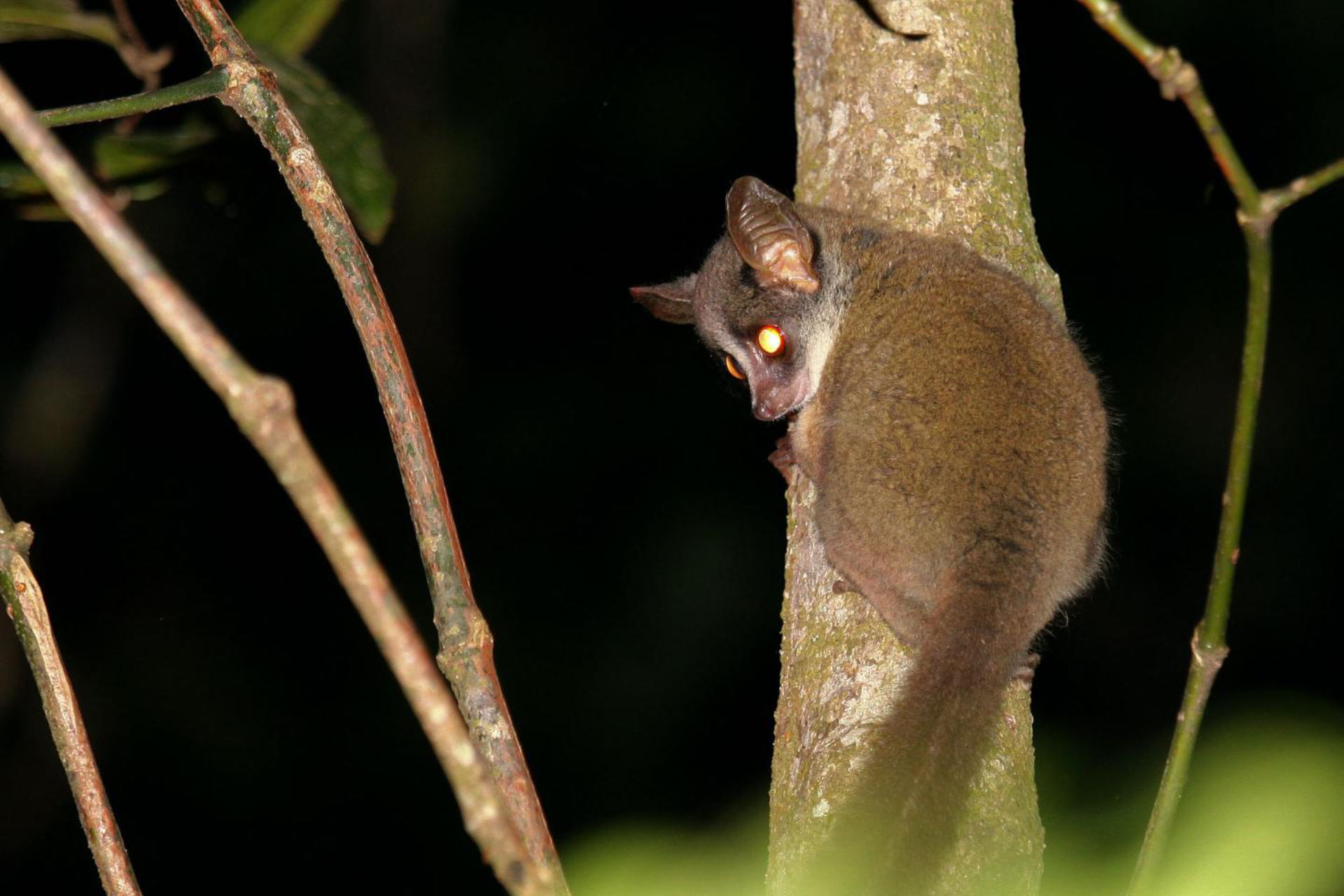
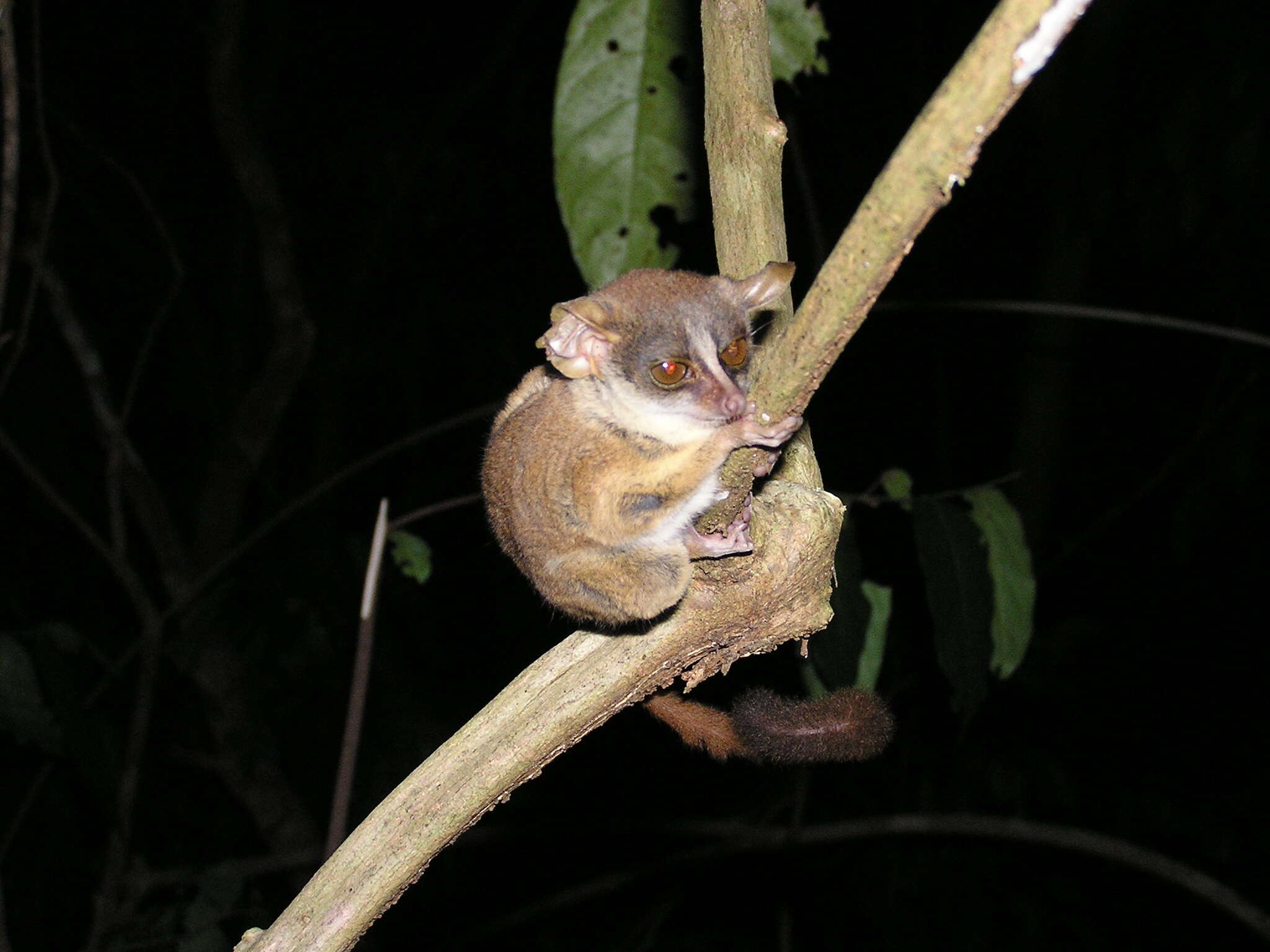
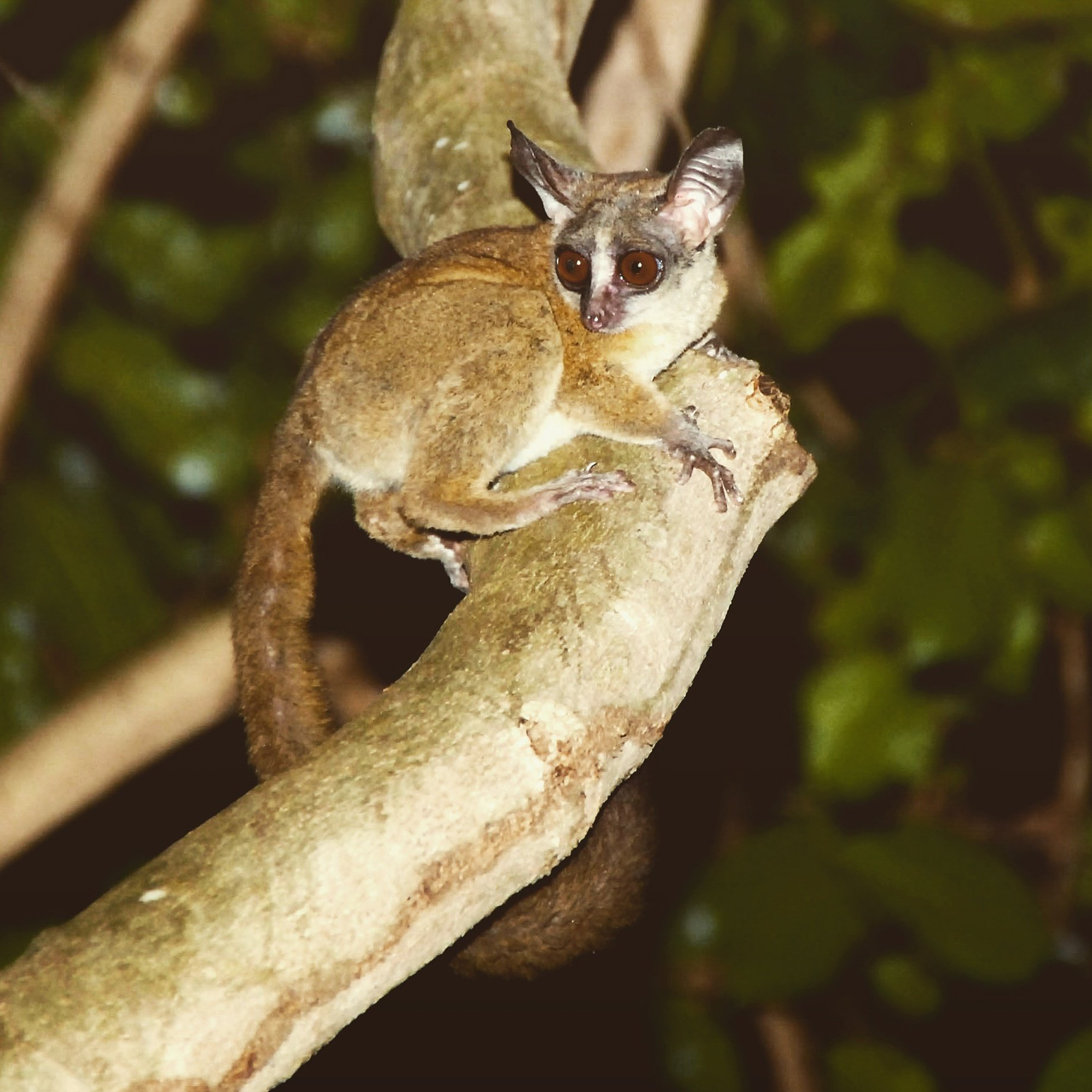

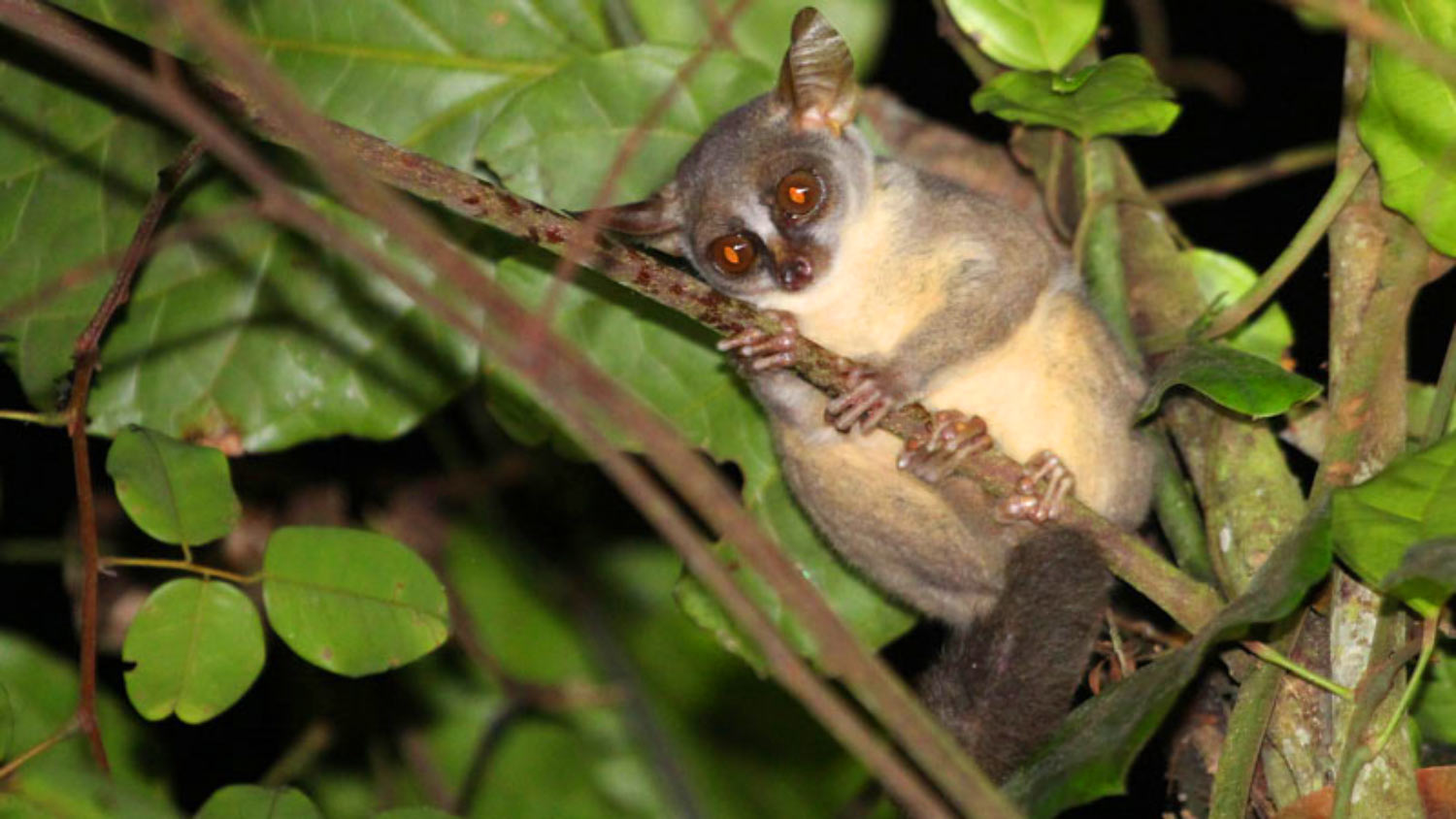
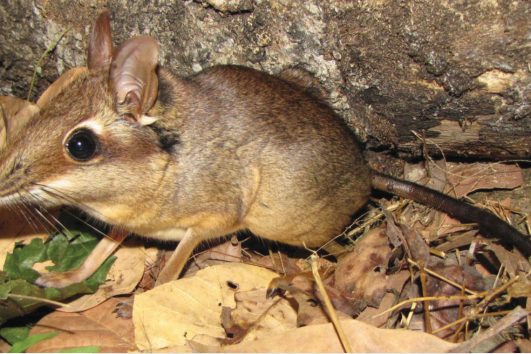
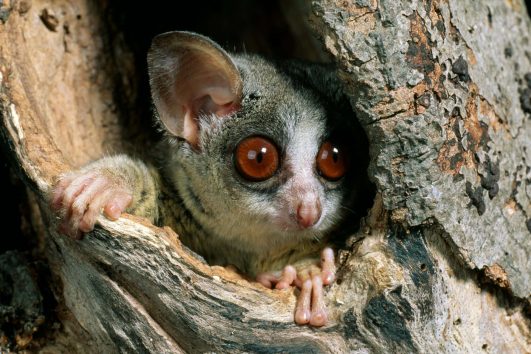

Tour Reviews
There are no reviews yet.
Leave a Review